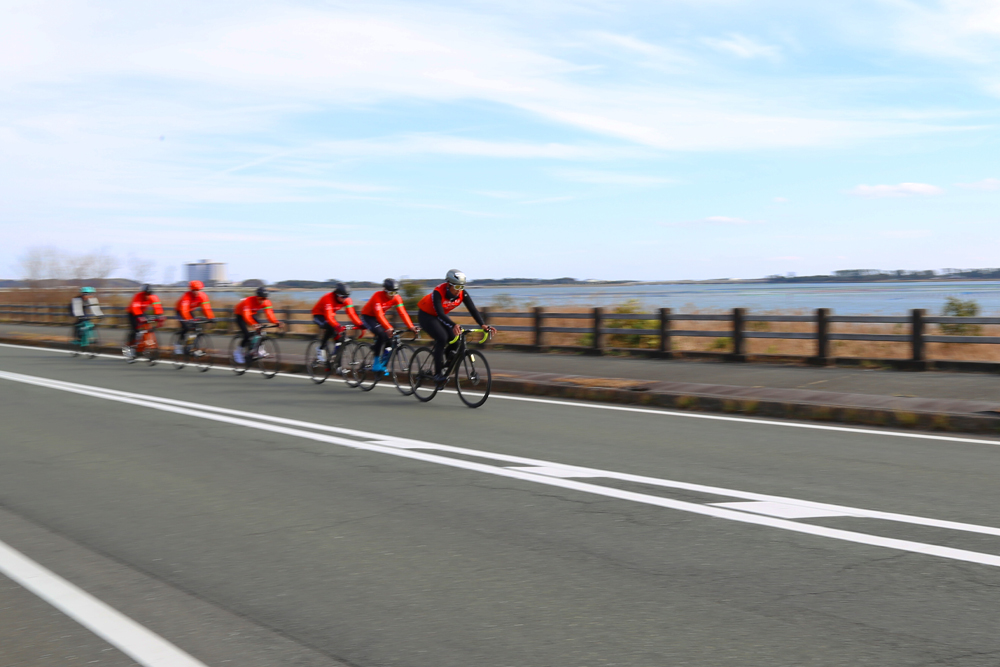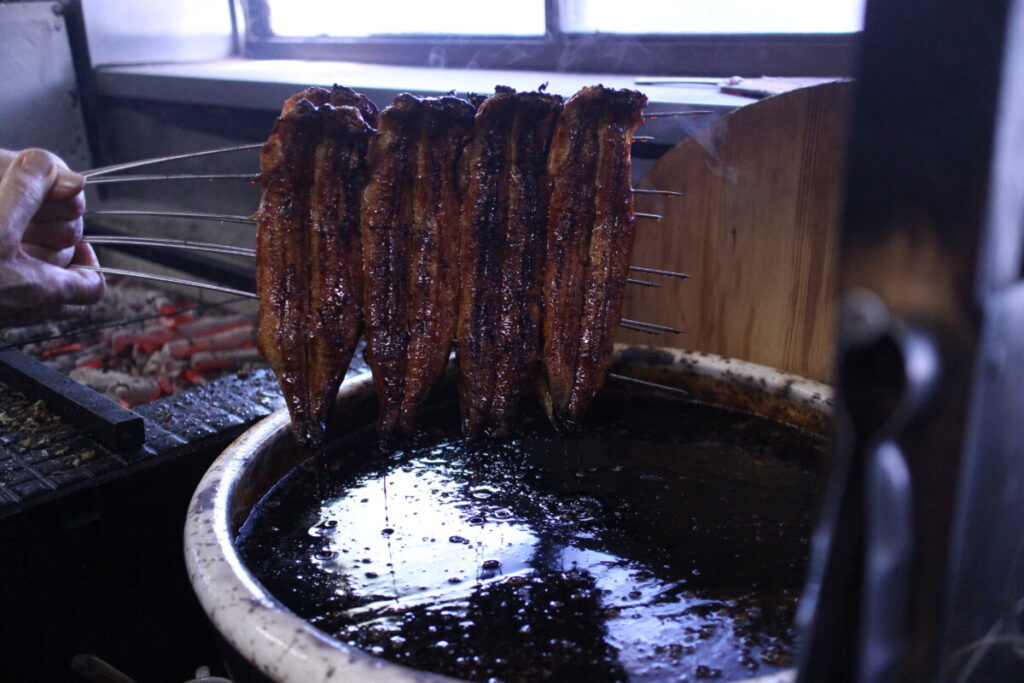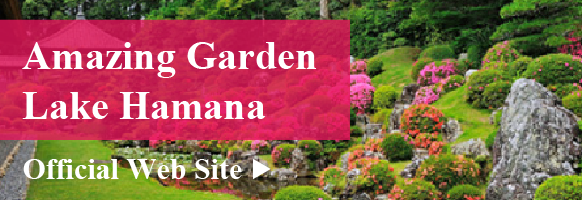Get to Know Hamamatsu
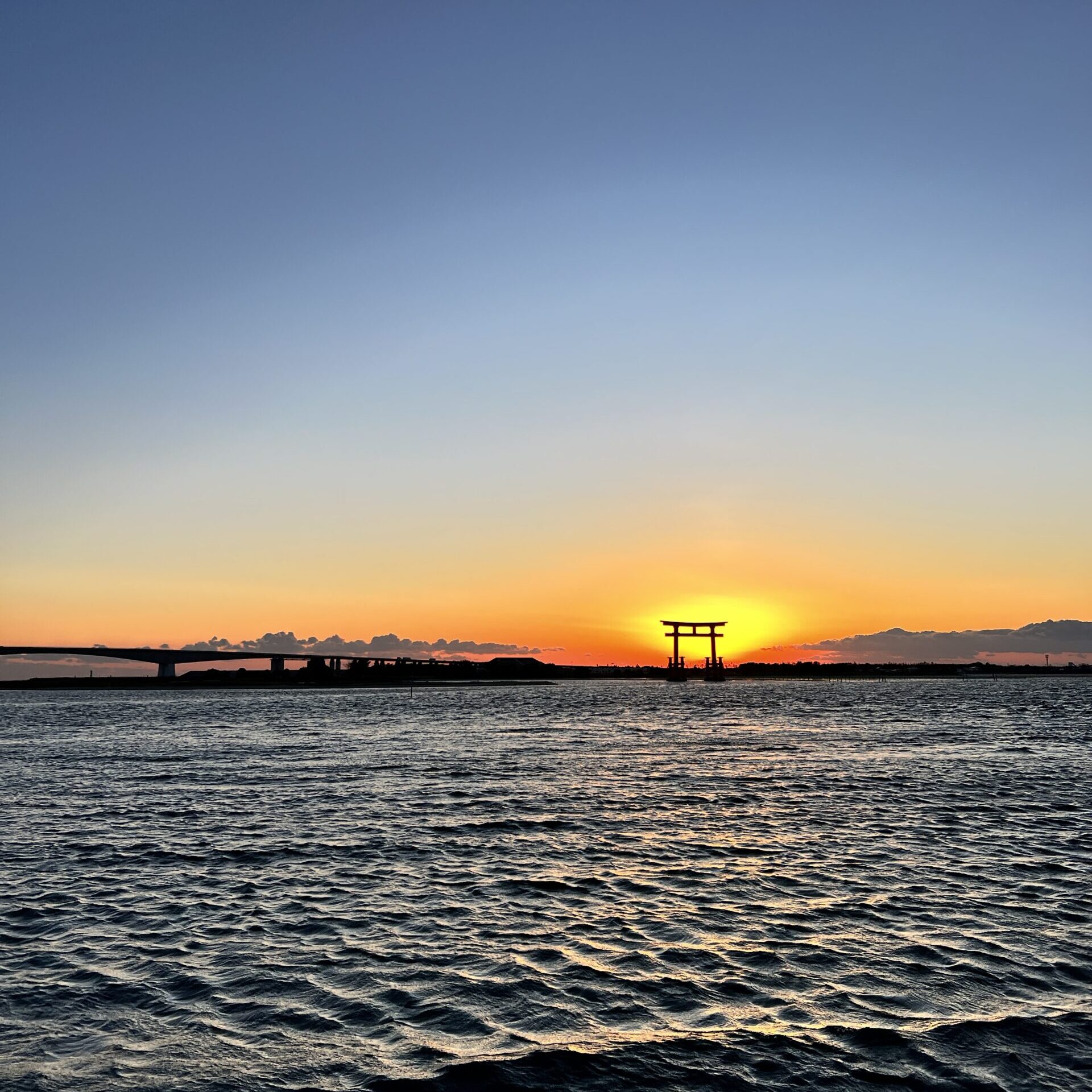
- Watch
Ready to Discover Japan’s Best-Kept Scenic Secrets in Central Japan?
What comes to mind when you think of Japan’s natural beauty? Cherry blossoms, autumn leaves, golden sunsets—and the iconic Mt. Fuji. Each season paints a different picture…
What comes to mind when you think of Japan’s beautiful views?
Cherry blossoms in full bloom, fiery autumn leaves, golden sunsets stretching across the horizon—and of course, the iconic Mt. Fuji. Japan’s natural beauty shows different faces in each season.
In this article, we’ll introduce some of the most stunning scenic spots from the Chubu region, including Shizuoka, home to Mt. Fuji.
The Chubu region lies between Tokyo and the Kansai area (Kyoto and Osaka), and is often overlooked by international travelers.
With majestic mountain ranges, historic towns, lakes, and coastal views, it offers a diverse range of landscapes that are waiting to be explored.
After reading this, you’ll probably want to add the Chubu region to your next travel itinerary.
1. Okuoi Kojo Station(Shizuoka Prefecture, Haibara District)
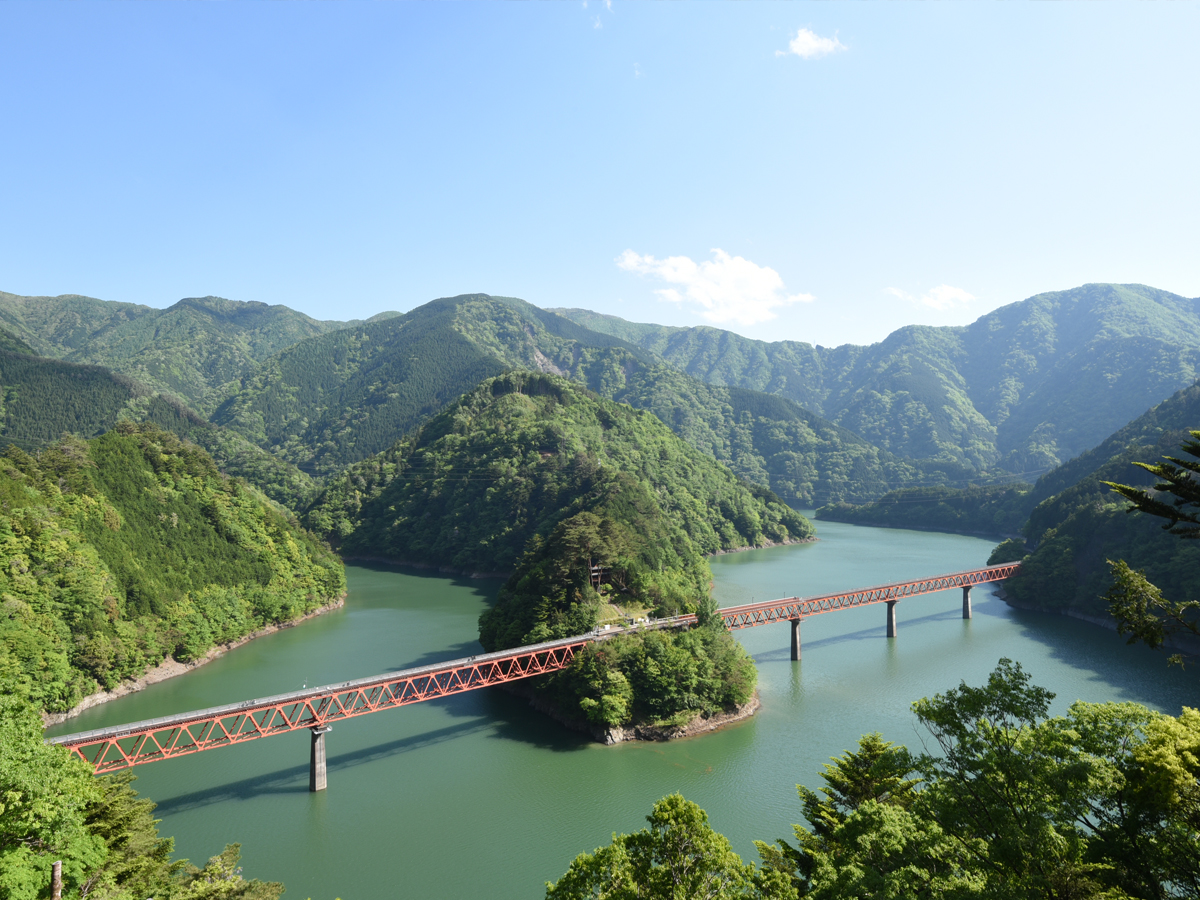
Photo provided:Kawanehon Town Tourism Association
Okuoikojo Station looks like a small station floating in the middle of a lake surrounded by mountains. It also won the Cool Japan Award in 2019, and has become a spot that has rapidly gained popularity in recent years. This remote station is located in the middle of the Rainbow Bridge that spans Lake Sesso, where Nagashima Dam is located. You will find a popular observation deck just beyond the Rainbow Bridge, which can be reached by walking along the footpath next to the train tracks.
.jpg)
Photo provided:Kawanehon Town Tourism Association
Autumn is a particularly popular season, when you can see the stunning combination of the emerald green lake and autumn leaves.
Access:From Senzu Station on the Oigawa Railway, it is approximately 70 minutes on the Minami Alps Abt Line, or approximately 30 minutes by car. If you are using public transport, please make sure to check the timetable and plan accordingly. In addition, due to the impact of the 2022 typhoon, the Oigawa Main Line is currently closed between Kawane Onsen Sasama-do Sta. and Senzu Sta.. Passengers traveling to Senzu beyond Kawane Onsen Sasama-do should transfer to the Kawane Town Municipal Bus at Ieyama.
2. Bentenjima(Hamamatsu City, Shizuoka Prefecture)
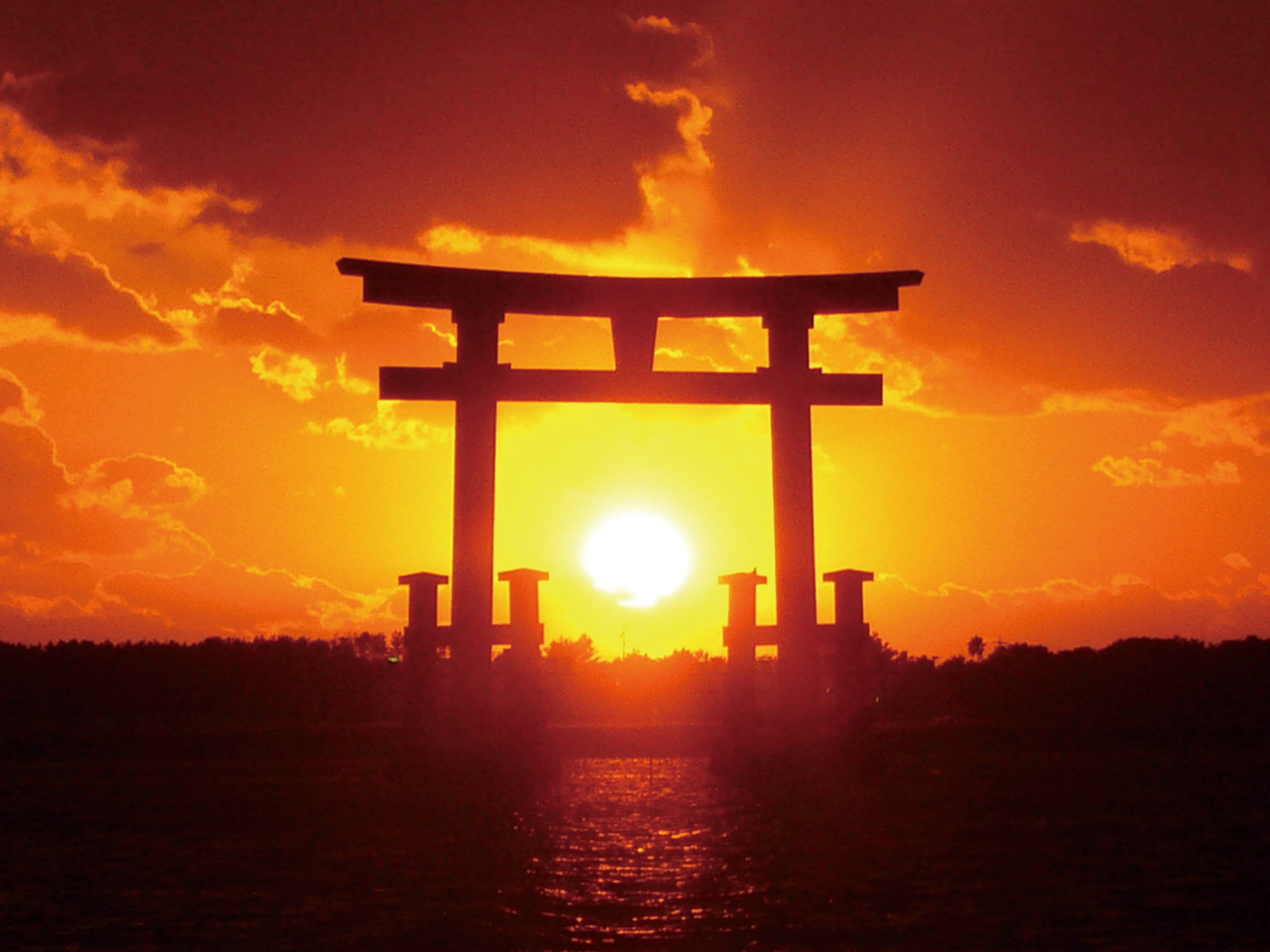
Bentenjima, located on the southern side of Lake Hamana, is a popular spot on social media, where you can see the spectacular view of the sun setting behind a large torii gate. This spectacular miraculous sunset can only be seen for one month before and after the winter solstice. Many people visit Bentenjima to capture special moments on camera.
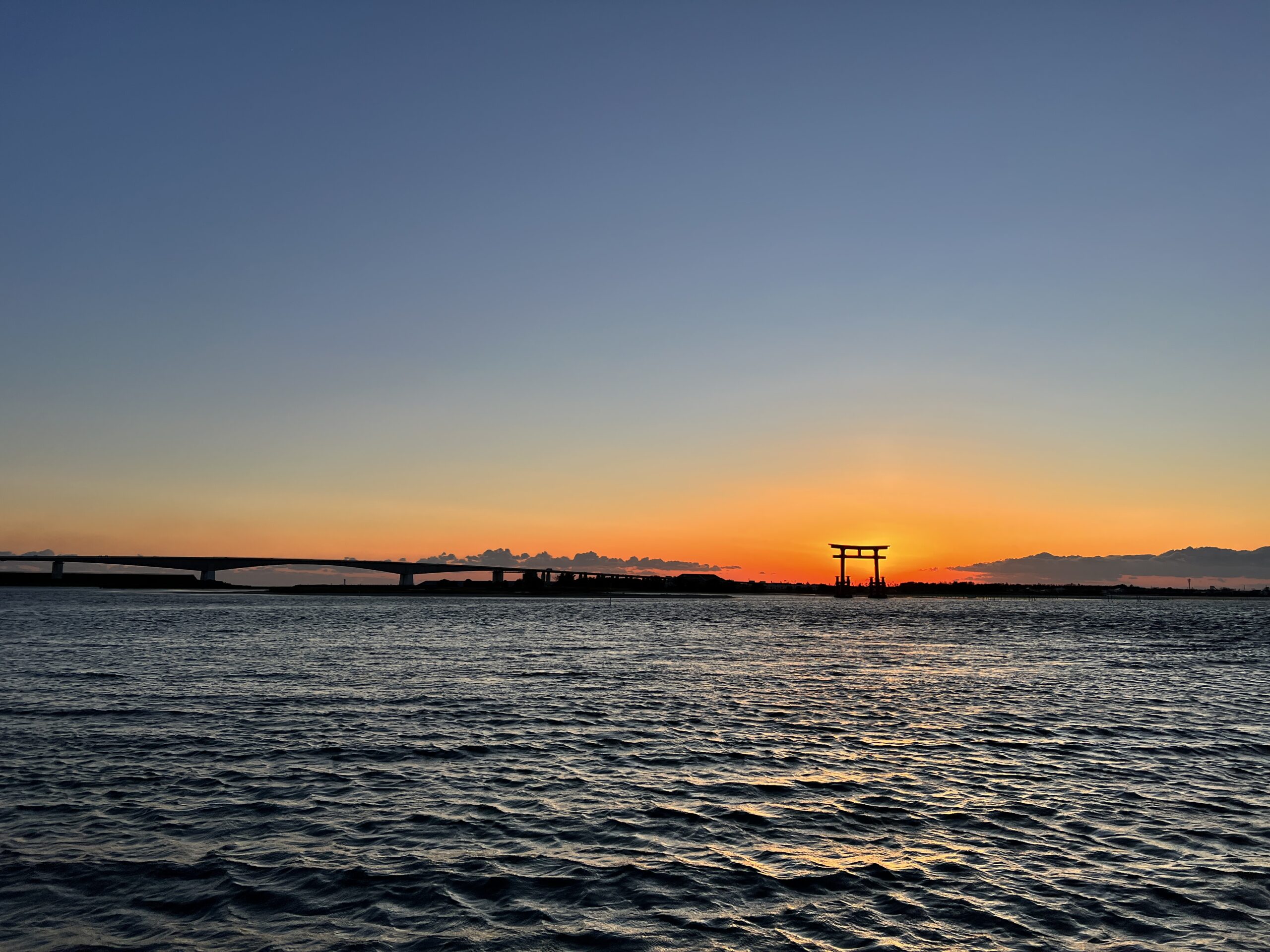
▲Even if it’s not the winter solstice, you can still see a beautiful sunset.
Access: 3 minutes on foot from JR Bentenjima Station, approx. 25 minutes by car from Tomei Hamamatsu-Nishi IC
3. Arakurayama Sengen Park(Fujiyoshida City, Yamanashi Prefecture)
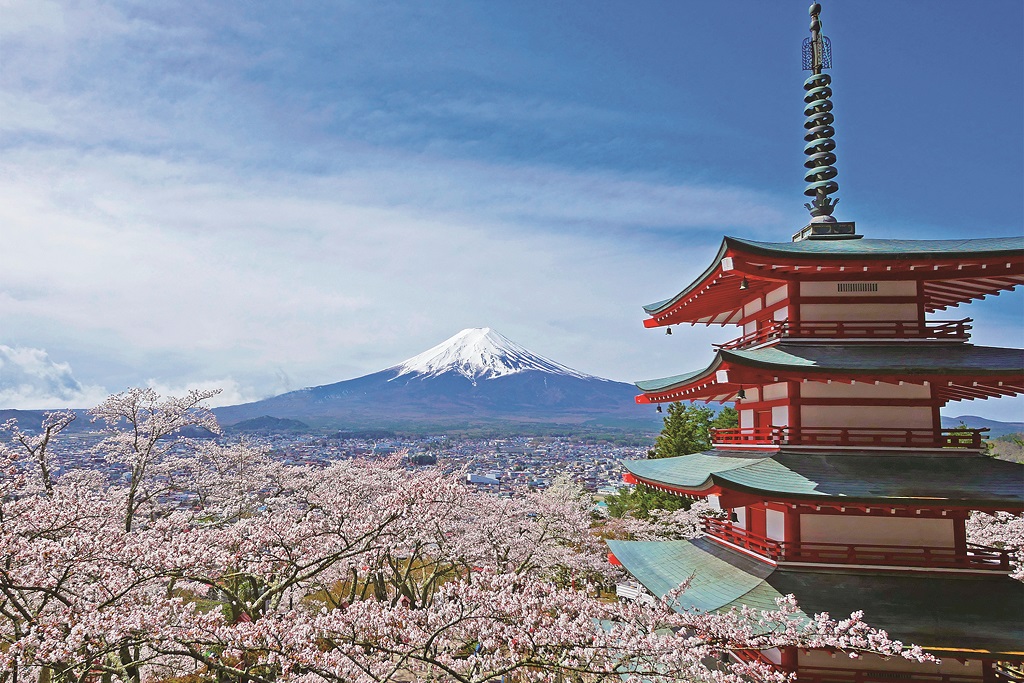
Photo provided:Yamanashi Tourism Organization
This is a popular spot where you can see the majestic Mt. Fuji and the five-story pagoda at a glance. The park is located on the middle slope of Mt. Arakurayama, and from the observation deck at the top of the 398 steps you can see the Fujiyoshida townscape below and the beautiful Mt. Fuji spread out symmetrically beyond.
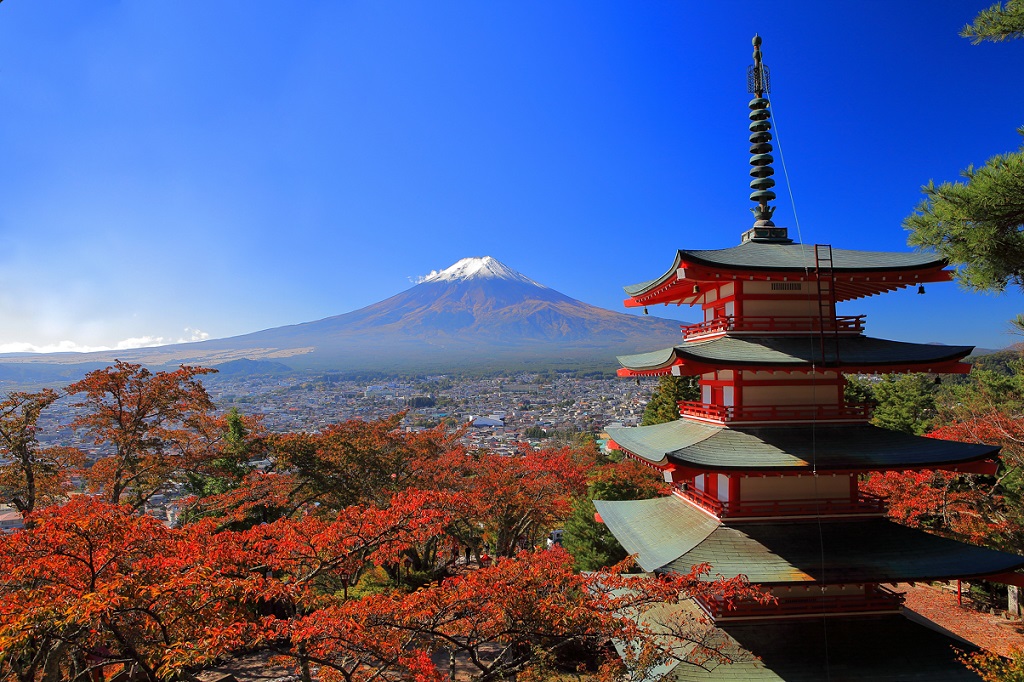
Photo provided:Yamanashi Tourism Organization
Access: 25 minutes on foot from Shimoyoshida Station on the Fujikyuko Line, 10 minutes by car from the Fujiyoshida Nishikatsura Smart IC on the Chuo Expressway, 15 minutes by car from the Yamanakako IC on the Higashi-Fuji Five Lakes Road
4. Cape Irago(Tahara City, Aichi Prefecture)
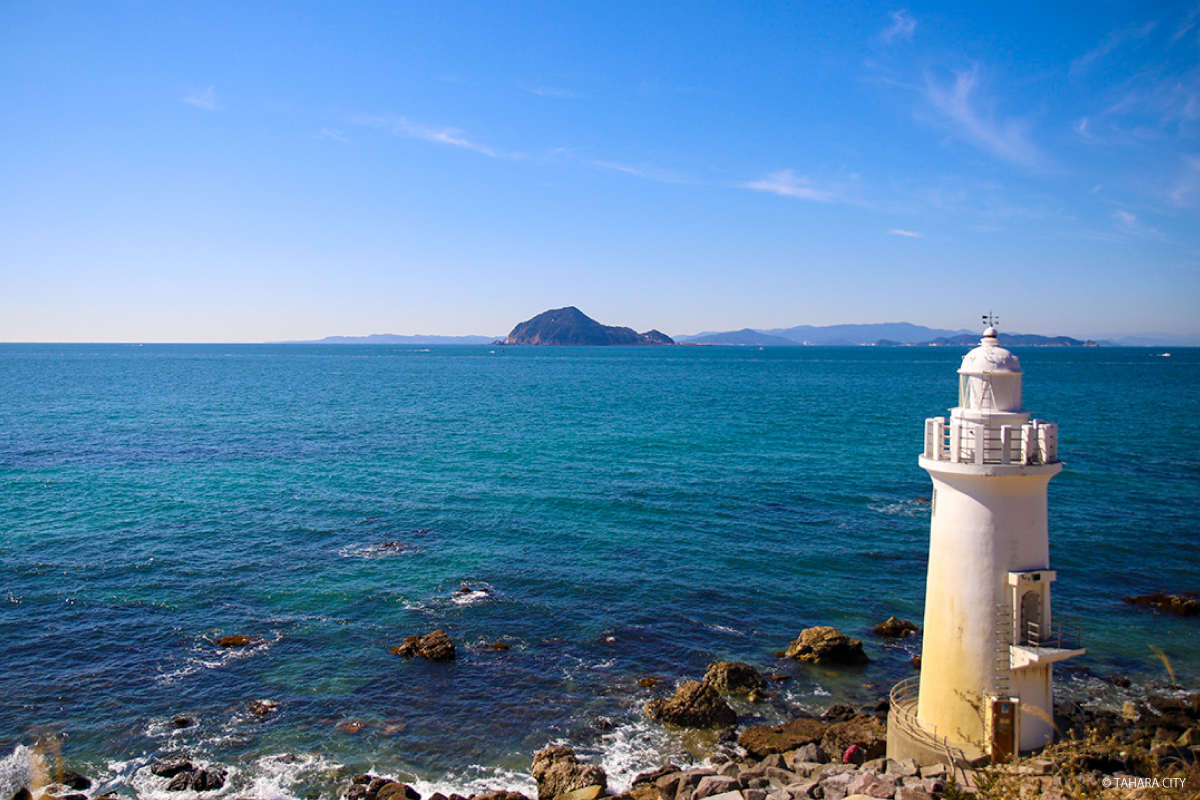
Photo provided:Tahara City
The white lighthouse, which is the symbol of the cape, has been selected as one of the “50 Best Lighthouses in Japan.” The contrast between the blue ocean and the white lighthouse, as well as the view of the setting sun, is very beautiful. Along with Koijigahama Beach, it has been certified as a “Lovers’ Sanctuary” and is a perfect date spot.
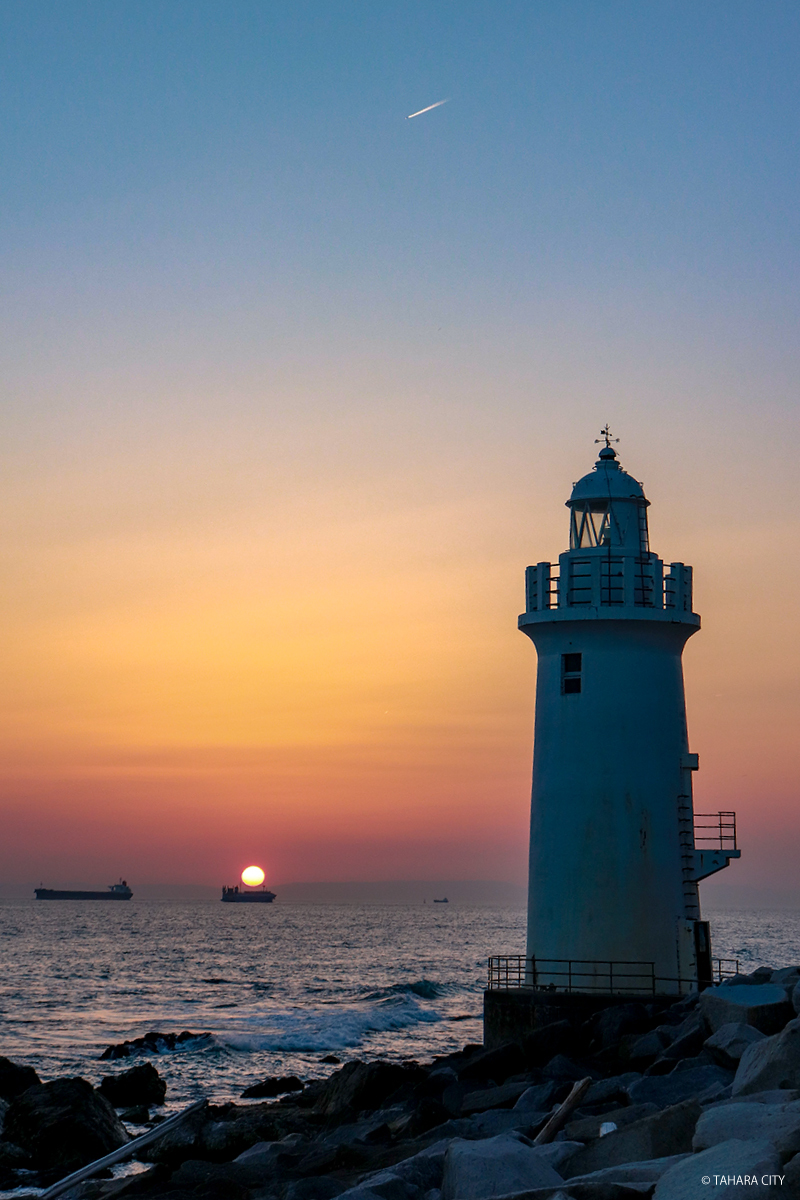
Photo provided:Tahara City
There is also a promenade leading from the lighthouse.
Access: About 90 minutes by car from Tomei Toyokawa IC
5. Ena Gorge(Ena City, Gifu Prefecture)
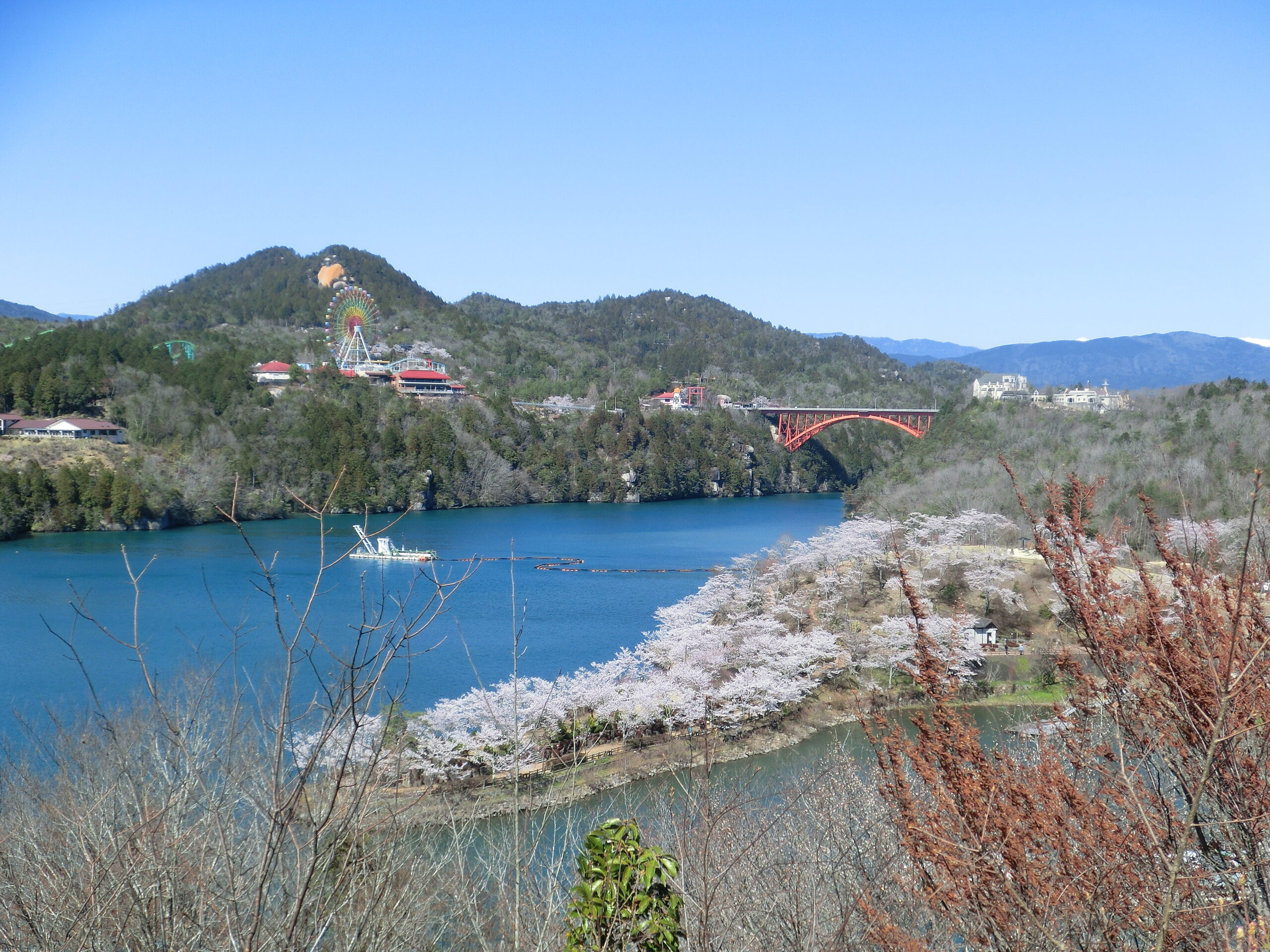
Photo provided:Ena City Tourism Association
The scenery changes with the seasons and is beautiful, allowing you to feel nature with your whole body. You can enjoy cherry blossoms and azaleas in spring, and spectacular autumn foliage in autumn.
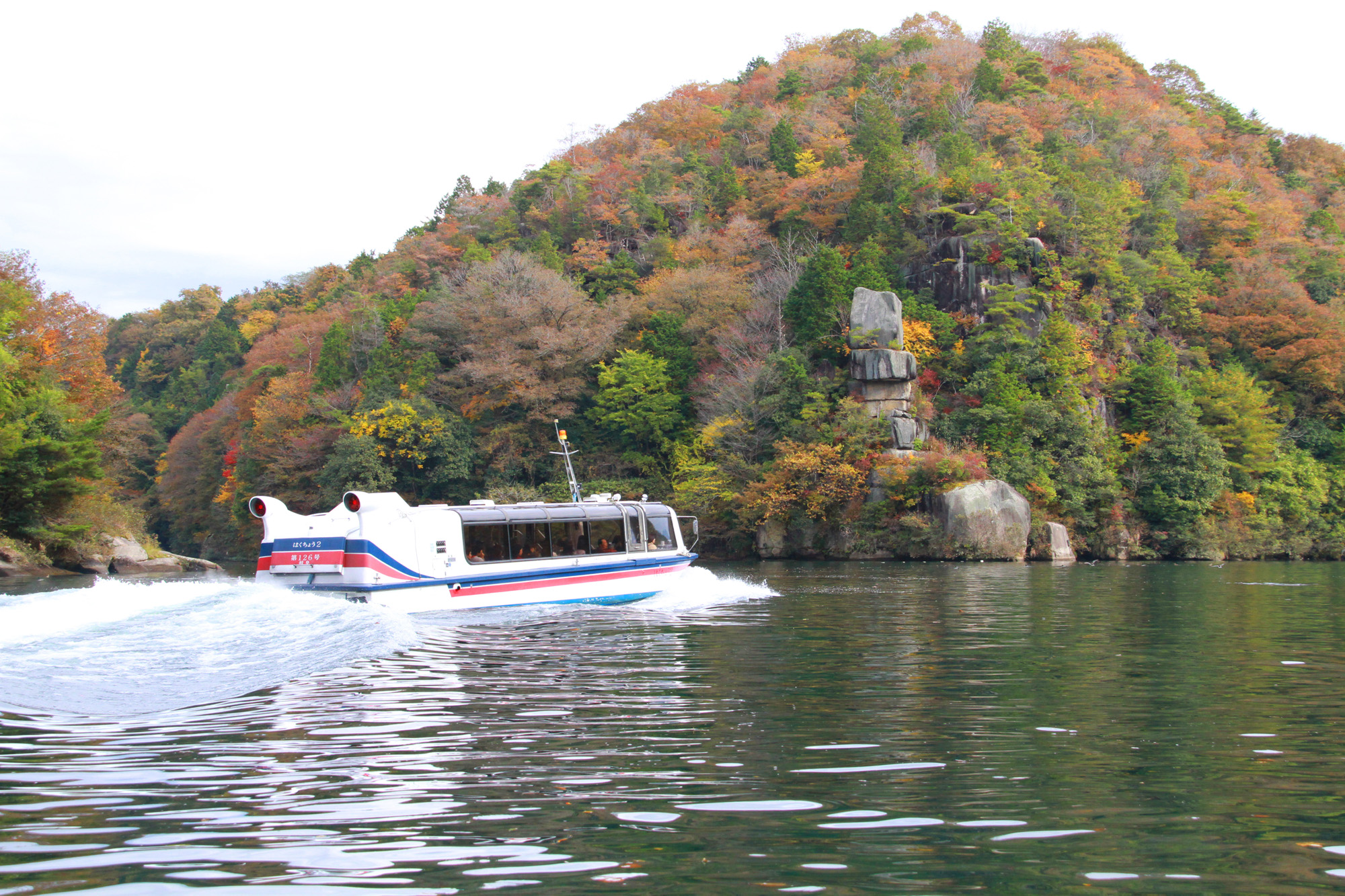
Photo provided:Ena City Tourism Association
Pleasure boats also depart and arrive around the valley, allowing views of strange rock formations and sheer cliffs along the lakeside.
Access: Take the Totetsu Bus bound for Enakyo from JR Ena Station, get off at the Enakyo bus stop, then drive for about 10 minutes from the Enakyo IC on the Chuo Expressway.

